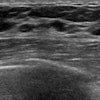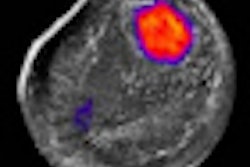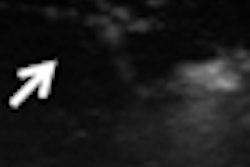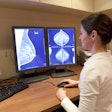Dear Women's Imaging Insider,
Radiology is reacting today to a study published online in the New England Journal of Medicine: Norwegian researchers discovered that screening mammograms for women ages 50 to 69 do find cancers -- but not as many as expected.
The group found that when women ages 50 to 69 had routine mammograms, the breast cancer death rate fell by 10%, according to lead author Mette Kalager, MD, of Oslo University Hospital. Kalager and colleagues had expected a reduction of 30%. Click here to find out more about Kalager's research and how U.S. radiologists are responding.
As for our Insider Exclusive, this month we take a look at computer-aided detection (CAD) systems. CAD for mammography, breast ultrasound, and breast MRI has become an accepted part of the clinical landscape, especially as breast imaging options have widened to include other modalities.
But CAD is usually used in isolation, depending on the imaging modality being employed. What would happen if CAD could combine mammography features with, say, MRI features? Would the accuracy of breast cancer diagnosis increase?
Yes, according to a study published this month in Academic Radiology. Researchers at the University of Chicago found that a hybrid CAD scheme developed at the institution differentiates between malignant and benign lesions better than single-modality CAD. Find out more by clicking here.
Once you've finished that article, take a look at what else is going on in your Women's Imaging Digital Community:
- Get a sneak peak at what will be discussed tomorrow at a U.S. Food and Drug Administration advisory panel meeting on a regulatory application for a digital breast tomosynthesis mammography system.
- Learn about a new survey of breast imagers that had some surprising findings regarding their perceptions of CAD versus double reading.
- Follow the saga of a Georgia mammography technologist indicted for falsely reporting exam results.
- Discover why whole-breast ultrasound tomography shows promise.
- Find out why a radiation boost scheduled midway through whole-breast radiation therapy may reduce the occurrence of grade III dermatitis.
- Read why researchers say women of Mexican origin are at higher risk for breast cancer.
As always, if you have a comment, report, or article idea to share about any aspect of women's imaging, I invite you to contact me at [email protected].




















